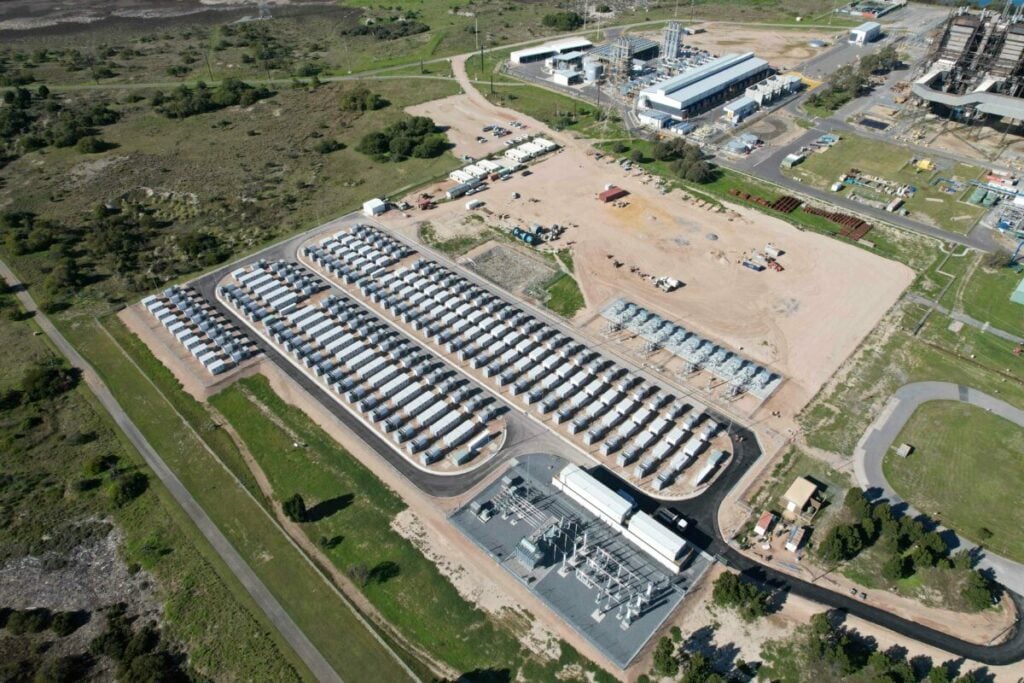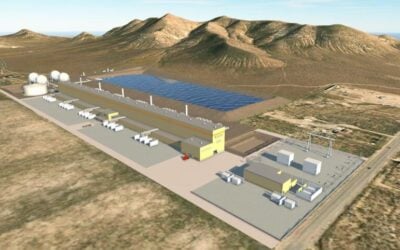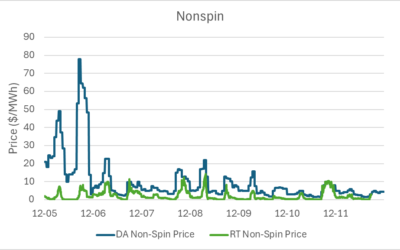
System integrator Wärtsilä has signed an MSA with Eve Energy while peer Powin is targeting 5GWh of US-made BESS equipment in its supply chain by 2025.
Finland-headquartered Wärtsilä has signed a “large, multi-year supply agreement” (MSA) with Eve Energy, a lithium-ion battery cell supplier. It did not reveal the size of the deal, only saying it support its pipeline of energy storage projects exceeds 3.5GW/7GWh either awarded, contracted or in deployment globally.
“Our partnership with EVE Energy is one of several strategic measures Wärtsilä is taking to diversify and strengthen our supply chain in response to industry-wide disruptions over the last few years,” said Andrew Tang, vice-President of Energy Storage & Optimisation at Wärtsilä, in the announcement today (12 September).
In concurrent news, Oregon-headquartered system integrator Powin has said it intends to source 5GWh of US-made battery technology and components annually starting in 2025, though its announcement didn’t give much specific detail.
Try Premium for just $1
- Full premium access for the first month at only $1
- Converts to an annual rate after 30 days unless cancelled
- Cancel anytime during the trial period
Premium Benefits
- Expert industry analysis and interviews
- Digital access to PV Tech Power journal
- Exclusive event discounts
Or get the full Premium subscription right away
Or continue reading this article for free
The company said it is collaborating with new contract manufacturers for the assembly and integration of Powin’s Stack750 Energy and Collection segments. It already signed up with US-based manufacturer Jabil for this earlier this year.
It also said it would be sourcing HVAC (Heating, Ventilation, and Air Conditioning) systems exclusively from US-based manufacturers.
Powin also said it is “taking decisive steps to shape the future of energy storage in America by securing supply agreements with key partners that are expanding manufacturing capabilities in Tennessee, Georgia, and South Carolina.”
It didn’t reveal what company or product that part of the announcement referred to. Microvast is expanding its Tennessee gigafactory in Q4 this year, Norway-based Freyr has chosen Georgia for its first US gifactory, while Turkey-based Pomega, which Energy-Storage.news interviewed earlier this year, is building a cell and ESS gigafactory in South Carolina.
Since the Inflation Reduction Act was passed a year ago, US$270 billion of US clean energy investment has been announced, much of it in upstream manufacturing, according to trade body the American Clean Power Association (ACP).
Our publisher Solar Media is hosting the10th Solar and Storage Finance USA conference, 7-8 November 2023 at the New Yorker Hotel, New York. Topics ranging from the Inflation Reduction Act to optimising asset revenues, the financing landscape in 2023 and much more will be discussed.See the official site for more details.





